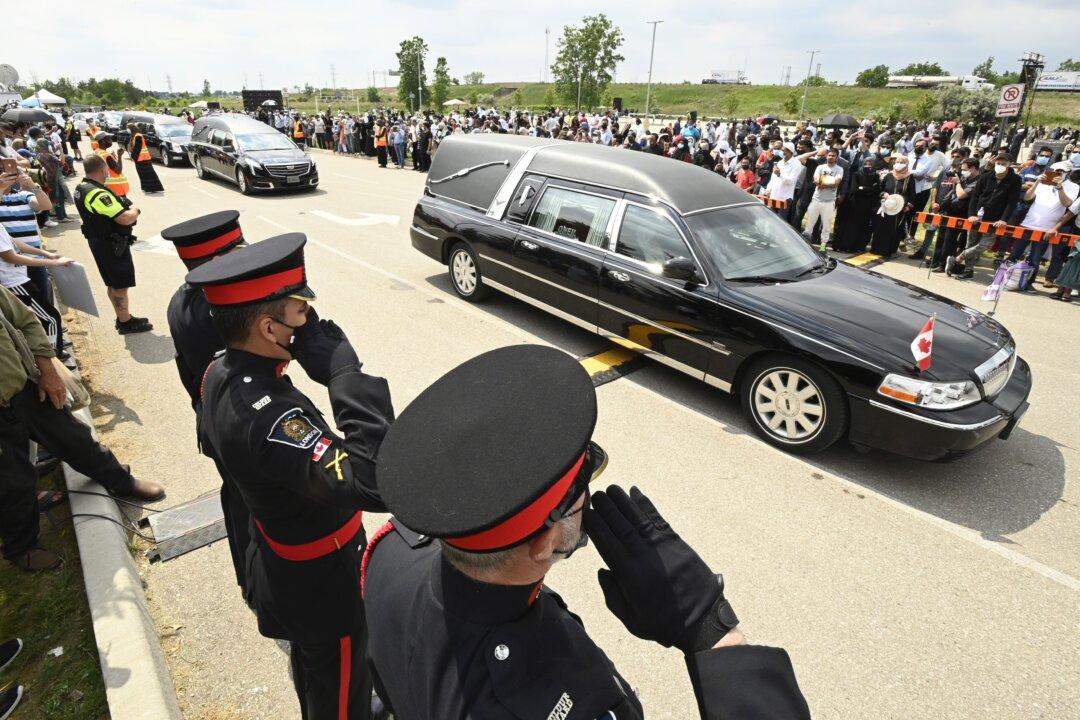Lone wolf killers are likely going to strike and murder innocents more often as a result of the “defund the police” movement, says a former strategic analyst in the Canadian intelligence community.
“Security systems in Canada are being torn in all directions simultaneously and they’re understaffed to do what they are being asked to do,” Phil Gurski, the president and CEO of Borealis Threat and Risk Consulting, said in an interview.





